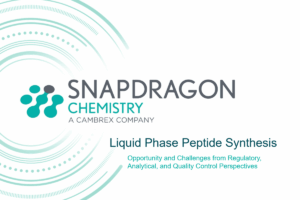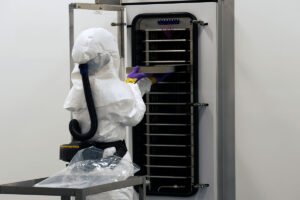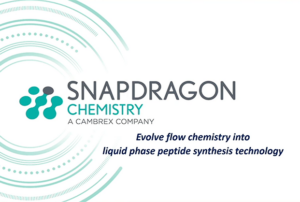Ni-Catalyzed Electrochemical Decarboxylative C–C Couplings in Batch and Continuous Flow
The formation of Csp3–Csp2 bonds is a powerful means of synthesizing high-value chemicals. Nickel catalysis has offered numerous avenues to Csp3–Csp2 bond assembly via cross coupling of Csp3 electrophiles, but most methods make use of organometallic compounds as transmetalating agents, which are reminiscent of classic Kumada, Negishi, and Suzuki couplings. (2) The needs of using these highly sensitive, less functional group compatible organometallic reagents necessitated the development of additional modes of nickel-catalyzed Csp3–Csp2 bond formation using native functional groups as latent nucleophiles.
In our article published in Organic Letters, we discuss how we, in collaboration with a team of scientists at the Massachusetts Institute of Technology, developed a process of electrochemically driven, nickel-catalyzed reductive coupling of N-hydroxyphthalimide esters with aryl halides. We explain how the reaction proceeds under mild conditions in a divided electrochemical cell and employs a tertiary amine as the reductant. The resulting decarboxylative Csp3–Csp2 bond-forming transformation exhibits excellent substrate generality and functional group compatibility. Through an operationally simple continuous-flow version of this transformation using a commercial electrochemical flow reactor, we present a robust and scalable synthesis of the value-added coupling process.
Read the entire article, “Ni-Catalyzed Electrochemical Decarboxylative C–C Couplings in Batch and Continuous Flow,” to learn more about how we utilized a continuous process to prepare reagent 1 on >100 g scale.




